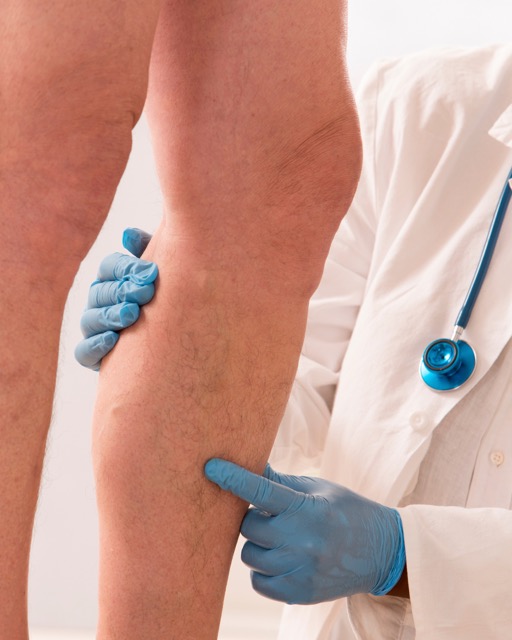Knowing signs and symptoms of sarcoma cancer
5. Bone sarcoma referrals
A thorough history is important in assessing patients. Look out for concerning signs like young patients needing more pain relief without a clear reason, worsening movement range, or unexplained swelling. Growing pain is a diagnosis made by excluding other causes, and it's not always one-sided. If the history doesn't match the clinical picture, it can be a warning sign. Keep re-evaluating to identify potential problems.
If there's uncertainty, it's important to review and investigate if the condition worsens. Plain radiographs are usually enough to diagnose bone sarcoma. When referring a patient for a radiograph, make sure to get the report and follow up accordingly.
Symptoms that raise suspicion for radiographs include:
- Bone or joint pain not related to movement
- Night-time bone pain that doesn't go away with rest or medication
- Bone swellings
However, diagnosing sarcoma is not just about checking off symptoms, and there may be other signs not listed here. If a plain radiograph shows signs of an aggressive bone lesion, refer the patient to a local orthopaedic unit or bone sarcoma centre.
The referral process may vary depending on where you are. Contact the GP to discuss the case and recommend the appropriate imaging (X-ray for bone) initially. If there are suspicious findings on the radiology report or ongoing concerns, advise a 2WW referral to the local bone centre, which means the patient should be seen within two weeks. If you're unsure or worried, reach out to the local sarcoma service for advice.

A thorough is important in assessing patients. Look out for signs like young patients needing more pain relief without a clear reason, worsening movement range, or unexplained swelling. Growing pain is a diagnosis made by excluding other causes, and it's not always one-sided. If the history doesn't match the clinical picture, it can be a warning . Keep re-evaluating to identify potential problems.
If there's uncertainty, it's important to and investigate if the condition worsens. Plain radiographs are usually enough to diagnose bone sarcoma. When a patient for a radiograph, make sure to get the report and follow up accordingly.
Symptoms that raise suspicion for radiographs include:
- Bone or joint pain not related to
- Night-time bone pain that doesn't go away with rest or medication
- Bone swellings
However, diagnosing is not just about checking off symptoms, and there may be other signs not listed here. If a plain shows signs of an aggressive bone lesion, refer the patient to a local orthopedic unit or bone sarcoma center.
The referral process may vary depending on where you are. Contact the GP to discuss the case and recommend the appropriate imaging (X-ray for bone) initially. If there are suspicious findings on the radiology report or ongoing concerns, advise a 2WW referral to the local bone centre, which means the should be seen within two weeks. If you're unsure or worried, reach out to the local sarcoma service for .
Drag and drop each word to its correct place within the text. It will stick if correct or return if incorrect.
Correct: /
A thorough history is important in assessing patients. Look out for concerning signs like young patients needing more pain relief without a clear reason, worsening movement range, or unexplained swelling. Growing pain is a diagnosis made by excluding other causes, and it's not always one-sided. If the history doesn't match the clinical picture, it can be a warning sign. Keep re-evaluating to identify potential problems.
If there's uncertainty, it's important to review and investigate if the condition worsens. Plain radiographs are usually enough to diagnose bone sarcoma. When referring a patient for a radiograph, make sure to get the report and follow up accordingly.
Symptoms that raise suspicion for radiographs include:
- Bone or joint pain not related to movement
- Night-time bone pain that doesn't go away with rest or medication
- Bone swellings
However, diagnosing sarcoma is not just about checking off symptoms, and there may be other signs not listed here. If a plain radiograph shows signs of an aggressive bone lesion, refer the patient to a local orthopedic unit or bone sarcoma center.
The referral process may vary depending on where you are. Contact the GP to discuss the case and recommend the appropriate imaging (X-ray for bone) initially. If there are suspicious findings on the radiology report or ongoing concerns, advise a 2WW referral to the local bone centre, which means the patient should be seen within two weeks. If you're unsure or worried, reach out to the local sarcoma service for advice.